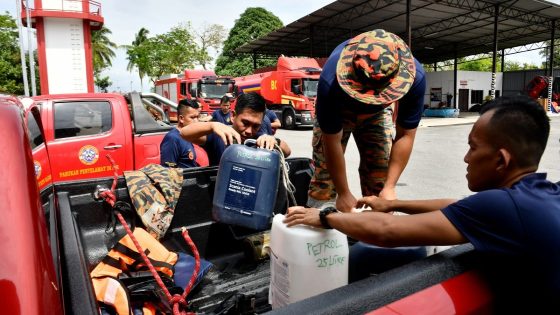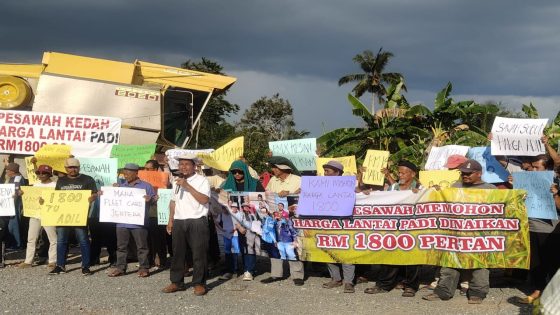On February 24, 2025, a significant operation led to the rescue of 215 foreign nationals from a notorious scam call center. This alarming event raises questions about the ongoing issue of human trafficking and exploitation in the region. How can such operations help curb these illegal activities?
- 215 foreign victims rescued from scam centers
- Victims report torture and electric shocks
- Thai and Cambodian police collaboration successful
- Thailand intensifies crackdown on fraud syndicates
- Myanmar repatriates over 100 Chinese scam workers
215 Foreign Nationals Rescued from Scam Call Center: What Happened?
This recent rescue operation sheds light on the dark world of scam call centers. How do these centers operate, and what can be done to stop them? The rescue involved collaboration between Thai and Cambodian police, showcasing the importance of international cooperation in combating such crimes.
Understanding the Impact of Scam Call Centers on Victims
Scam call centers often prey on vulnerable individuals, leading to severe psychological and physical abuse. Victims are frequently subjected to harsh conditions, including forced labor and violence. The recent rescue operation underscores the urgent need for protective measures for at-risk populations.
- Victims often come from economically disadvantaged backgrounds.
- Many are lured with false job offers, only to find themselves trapped.
- Abuse and exploitation are common in these environments.
- International cooperation is essential for rescue and prevention efforts.
International Collaboration in Combating Human Trafficking
Efforts to combat human trafficking require a united front. Countries must work together to share intelligence and resources. This recent operation is a prime example of how effective collaboration can lead to successful rescues. What strategies can further enhance these international efforts?
The Role of Awareness and Prevention in Stopping Scams
Raising awareness about the tactics used by scam call centers is vital. Education can empower individuals to recognize potential scams and avoid falling victim. Community programs and outreach initiatives can play a significant role in prevention. How can communities better educate themselves on this issue?






















![Binance Coin [BNB]: Key levels to watch as market dynamics shift](https://news.faharas.net/wp-content/uploads/2025/02/Binance-Coin-BNB-Price-Surge-Ahead-Crucial-Levels-to-Monitor.webp-230x129.webp)







